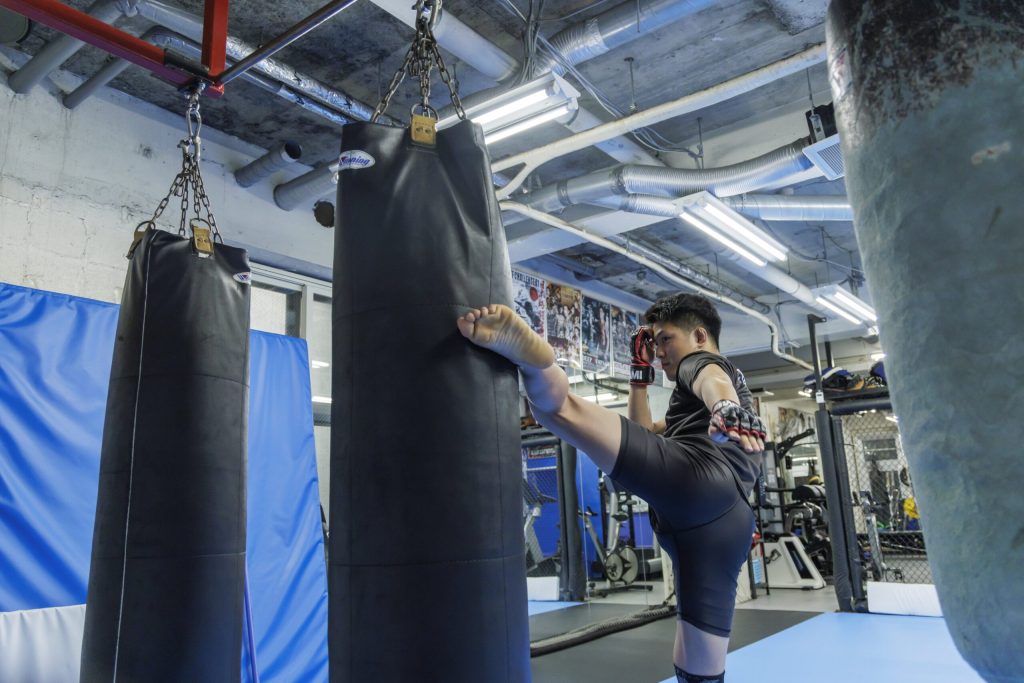This article was published in the Autumn 2022 issue of Litterae Populi. The full issue can be found here.
Joji Goto works for a human resource consulting firm while aiming to become a professional mixed martial arts fighter (a sport in which fighters compete using punching, kicking, and ground grappling techniques) in Tokyo. He talks about his memories of his school days, the appeal of mixed martial arts, how he decided to work for a private company, and why he became a double jobber.
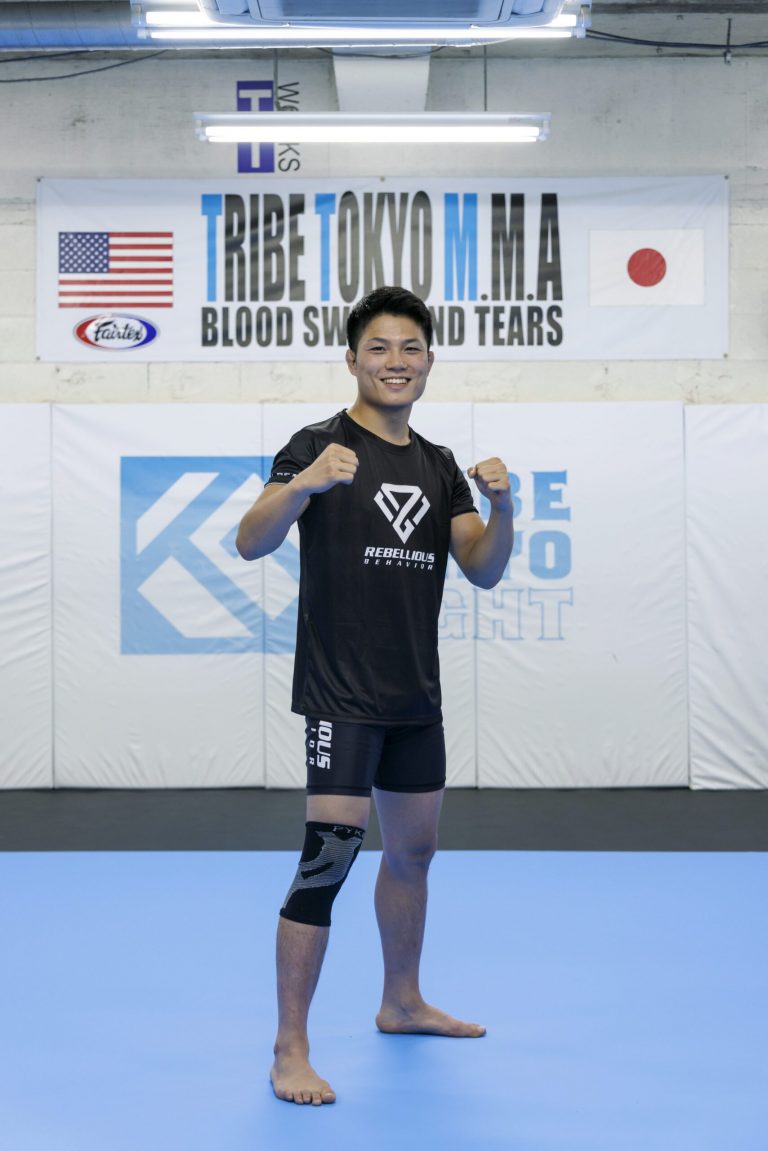
Joji Goto
TRIBE TOKYO MMA Mixed Martial Artist.
Graduated from the School of Economics.
Born in Hokkaido in 1996, Joji Goto moved to Tokyo after graduating from Hokkaido University’s School of Economics and Business in 2019. While working for a human resources consulting firm, he practiced extensively with top professionals at the mixed martial arts gym, “TRIBE TOKYO MMA.” Made his professional debut in September 2020, and is currently ranked fifth in the world in the bantamweight division.
How did you become a mixed martial arts fighter?
I have been doing karate since I was in elementary school. In my second year of high school, I watched a mixed martial arts practice session at a ward gymnasium, which caught my interest. So, I said, “I want to try it too,” which was my first encounter with the sport. Later, when I was a university student, I was asked, “Don’t you want to try it professionally?” So, I began training at a gym where there were professional fighters.
What attracts you to mixed martial arts, and what are your current goals?
It is not a hugely popular sport among the masses, but I think the sport allows me to fully project my emotion into the sport. It is of course a deadly sport that is more dangerous than regular boxing or karate, and is also associated with more injuries. However, it has an appeal that outweighs the risk of winning or losing, living or dying.
My dream is to have a match that people will remember even after I have died. I hope to have a match that will remain in someone’s mind, even if it is just one person among the tens of thousands of spectators at the venue.
I am currently ranked No. 2 in the Pacific Rim mixed martial arts tournament “Shooto,” and I aim to win the domestic championship this year.
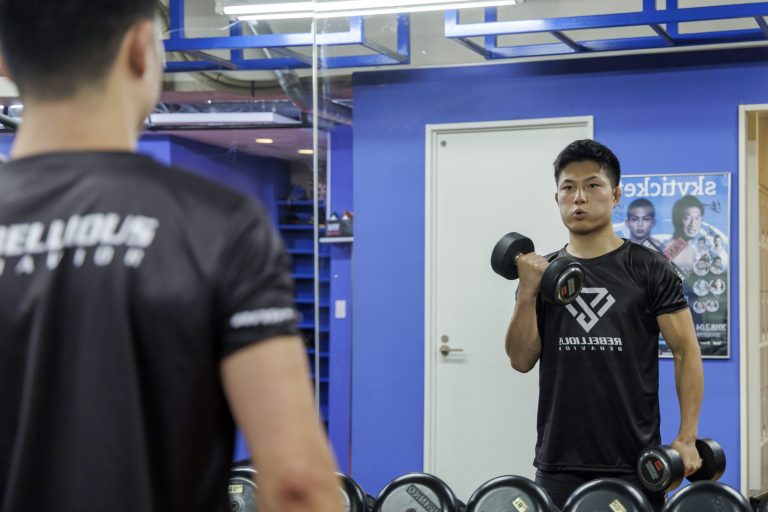
What motivated you to apply to Hokkaido University?
In high school, my life mainly consisted of mixed martial arts (laughs). After failing the entrance exam, I attended a prep school, where a teacher in charge of ethics and political economy taught me for the first time how much fun studying can actually be. I then became completely absorbed in my studies and studied all the time, but I have only pleasant memories of my prep school days. That is when I became interested in how the world works, including the economy. I also wanted to attend the best university in Hokkaido.
How did you spend your time as an undergraduate student?
I was mostly engaged in mixed martial arts. My clearest memories are those of the university festival in my first year and the undergraduate seminars, and the various part time jobs I did at times to earn money for training and expeditions, including tutoring and working as a waiter at a restaurant.
I hear you went to Canada and had a hard time.
Someone I met at one of the matches told me, “If you want to get stronger, come to Canada,” so I saved up the money for an airline ticket and went. I went to a gym in Montreal where the coach was considered to be the best in the world.
However, the person I had in mind was not there, and I was stranded without a cell phone or money. Nevertheless, I spent one month training at the gym. Other trainees in the same dormitory wanted to become professionals, and their successes inspired me. Young people from all over the world gathered there, eager to be initiated into martial arts, and the common language was martial arts. Training there gave me the confidence and experience that I could jump into a place where there was nothing.
Players at our gym are strongly overseas-oriented. Therefore, if there are strong fighters outside Japan, I want to be strong enough to compete with them.
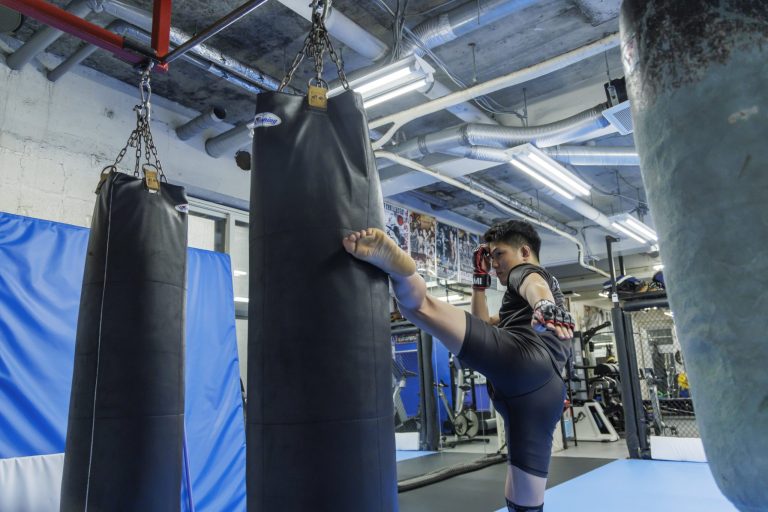
Why do you work in a private company?
I feared that my major goal of becoming a real fighter who can compete in fights that people will remember is precarious due to my unstable financial situation, and thought that if I do not have to worry about my finances, it would be possible for me to pursue my ideal of mixed martial arts to the fullest.
I am currently working for a human resources consulting firm, helping job seekers realize their potential and matching them with companies. The firm understands my lifestyle of balancing work and martial arts as long as I do my job well. I can work during non-practicing hours and also communicate remotely with the office.
There is a synergy between the business of human resource support and mixed martial arts. Considering the aptitude and potential of job seekers is inextricably linked to considering the strengths and weaknesses of one’s opponents in martial arts. They also share the problem-solving aspect of making doable that which cannot be done.
What do you do between practice and work?
I love reading Darakuron (the Fall) by Ango Sakaguchi, partly due to the influence of a senior trainee at the gym. I also like Yukio Mishima’s Kinkakuji (the temple of the golden pavilion). I admire people who question and reconsider the trends of the times. As for music, I like Eikichi Yazawa (a rock singer). I also love the sauna. I have been to all public bathhouses in Sapporo, and last year I even went to Okinawa Prefecture to take a bath. I enjoy being refreshed and like the environment where one is not connected with anyone despite living in an era when it is easy to connect with anyone.
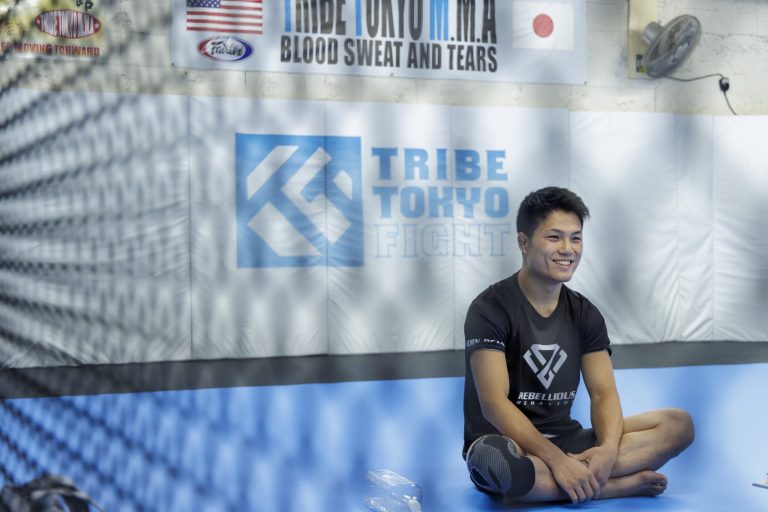
Finally, what would you like to say to the students of Hokkaido University?
I have some regrets in this regard, but wish to tell students to cherish the opportunity to forge friendships now. I also realize that I should have studied harder at first – from the perspectives of both a martial arts fighter as well as a worker. I want students to challenge themselves with all the options before them.
This article was published in the Autumn 2022 issue of Litterae Populi. The full issue can be found here.


